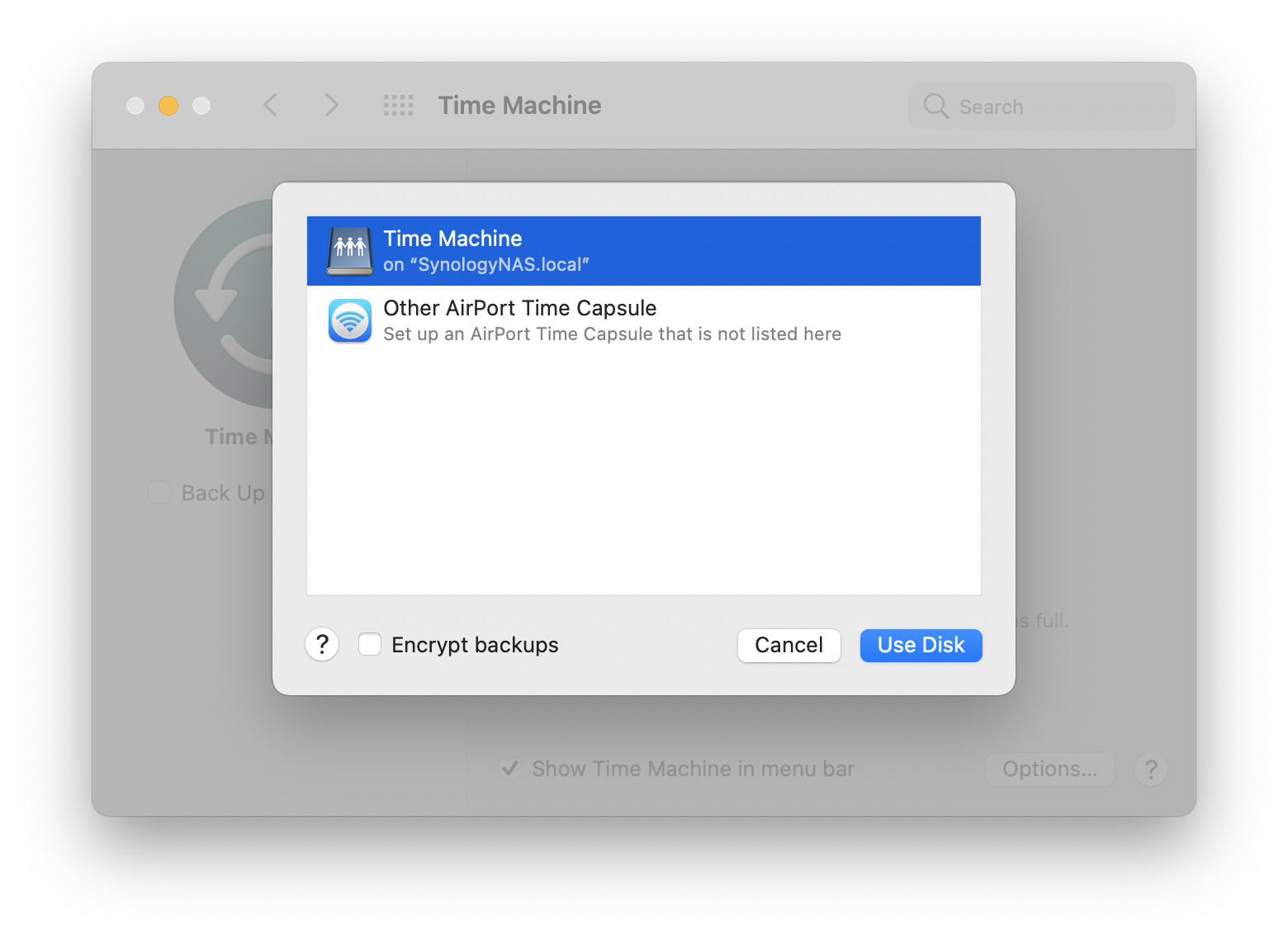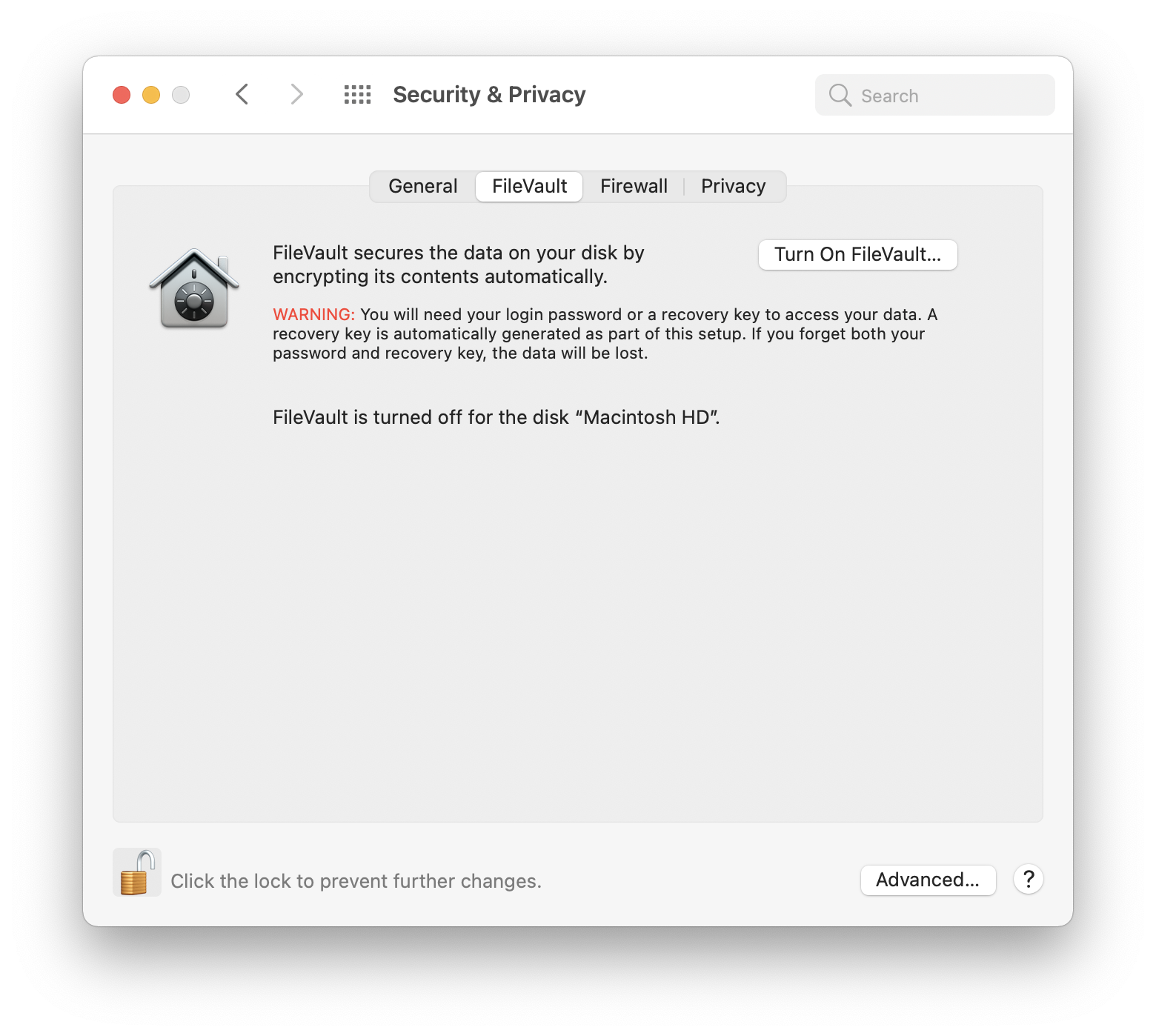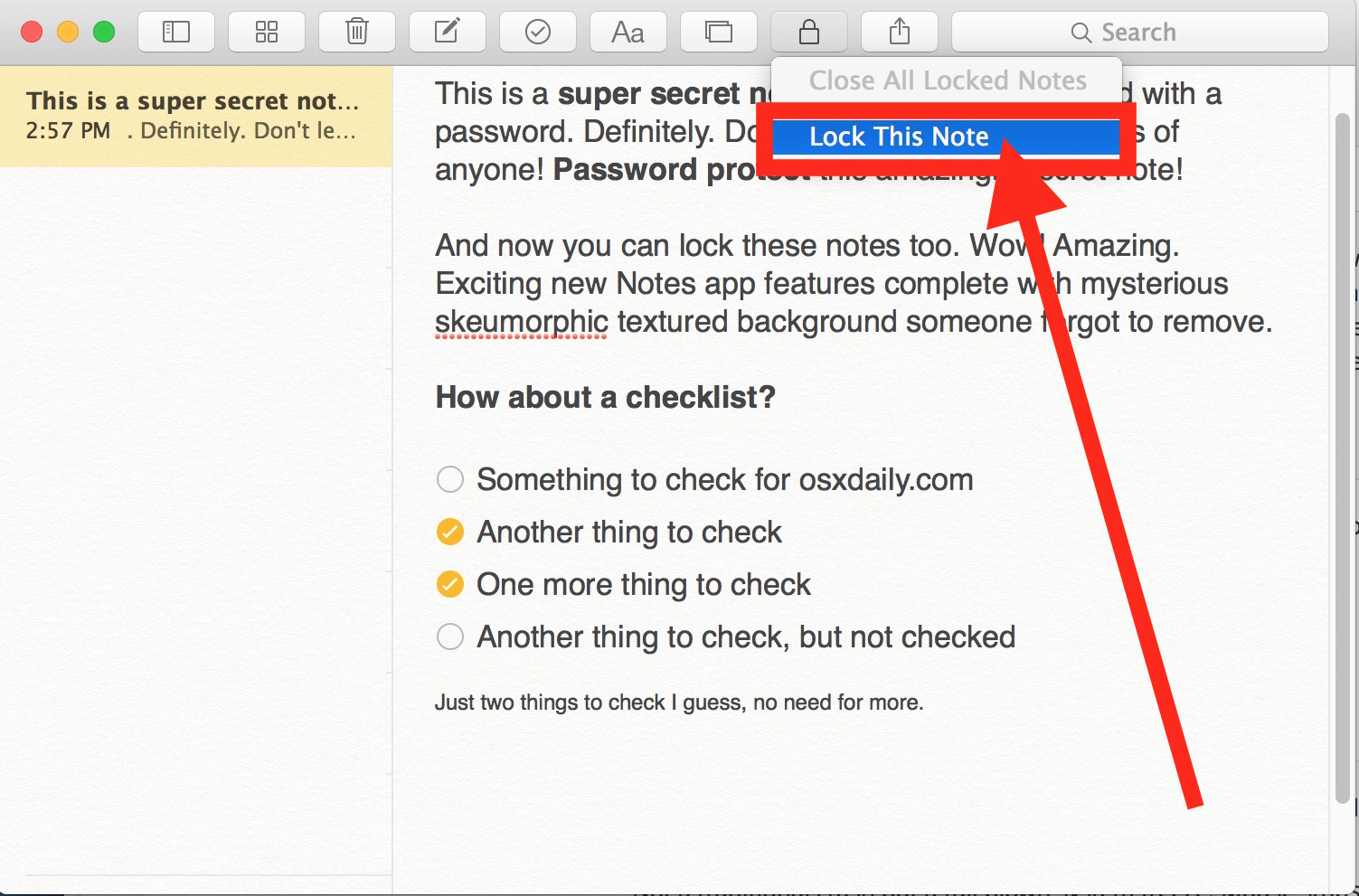

Store your key in a safe place (not on that computer) in case you ever get locked out.
#Encrypt notepad on mac password
Click the “Turn On FileVault” button to create a password and begin the encryption process. Just open your Mac’s System Preferences, head to Security & Privacy and select the FileVault tab. Mac laptops are much more straightforward: All modern Macs (since about 2003) have a feature called FileVault that encrypts your entire system drive. It’s not quite as simple, straightforward and built-in as Windows’ Device Encryption and BitLocker, but if it’s your only option, it’s worth looking into. If neither of those is an option, a free program called VeraCrypt can encrypt your entire hard drive, requiring your password when you boot your computer. Be sure to store your BitLocker key in a safe place - somewhere not on that computer - in case something goes wrong!

Select your operating system drive and click the “Turn On BitLocker” button, following the prompts to create a password that will function as your encryption key. Just head to Windows’ Control Panel > System and Security > Manage BitLocker.
#Encrypt notepad on mac upgrade
BitLocker is available only on Professional versions of Windows and above (a $99 upgrade for Home edition users), but it’s incredibly easy to set up. If your laptop doesn’t support Device Encryption, you can use Windows’ other built-in encryption tool: BitLocker.
#Encrypt notepad on mac windows 10
Some Windows 10 devices come with encryption turned on by default, and you can check this by going to Settings > System > About and scrolling down to “Device Encryption.” You’ll need to log into Windows with a Microsoft account in order for this feature to work, but if your laptop offers it, it’s an easy and free way to protect your data. If you have a Windows laptop, you have a few options. That means if thieves try to access your information, they’ll find only a jumbled mess unless they have your password, and they won’t be able to simply reset that password if the device is encrypted.Įncrypting your hard drive isn’t some super-technical process that only security experts can perform, either - anyone can do it on his or her computer at home, and it should take only a few minutes to get up and running. If important files or whole devices are encrypted, there is no way to make sense of them without the key,” Mr. “Encryption is a mathematical process used to jumble up data. Thankfully, you can protect your data against both of these types of attacks with encryption. In some cases, they can even reset the password on your PC and gain access to your email, passwords and other personal information. “While the password will prevent someone else from logging into your computer, an attacker can still use other methods to copy files off.” If thieves remove the hard drive and put it into another computer, they have access to any files you have stored on it.

“Unfortunately, a typical password-protected user account does nothing to protect your data,” says Dennis Stewart, a security engineer at CipherTechs. Your personal information is also accessible to whoever takes it, even if you have a password. When your laptop is lost or stolen, you aren’t just out $800 (or more).


 0 kommentar(er)
0 kommentar(er)
